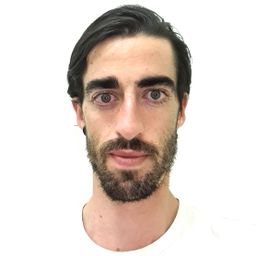Progress in developing tree-ring growth and stable isotope records of extreme winter climate anomalies across North America
Click below to enter the virtual room.
Enter virtual roomTrees do not grow during winter where freezing temperatures occur regularly. Therefore, much of what has been learned from tree-ring data about variability in Earth’s climate is driven by summer conditions. To investigate winter climate and atmospheric circulation over North America, we employ a multi-proxy approach. First, we use earlywood carbon and oxygen stable isotopes of trees growing adjacent to Lake Superior to capture the climate memory embodied by this inland sea. Indeed, previous research suggests that Lake Superior winter climate is linked to a seesawing pattern of high-pressure ridge and low-pressure trough from western to eastern North America. Winter conditions from western North America are based on updated ring-width records of blue oaks growing in California, which are one of the strongest proxies for winter precipitation anywhere on Earth. This multi-proxy approach explains 50 to 70% of the inter-annual variation in what we term the North American winter circulation “dipole index”. The dipole index, the strength of which strongly influences weather patterns over much of North America, is the winter-mean difference between the geopotential height eddies located at the stationary wave peak locations for the North Pacific High (i.e., Gulf of Alaska) and the Hudson Bay Low. Here we discuss progress in constructing the long chronologies from both regions. Second, we demonstrate how the locations of these different climate proxies, both around the perimeter of Lake Superior and across the extent of blue oak in California, determines their collective ability to accurately predict dipole index variability and the past winter extreme weather it suggests.

